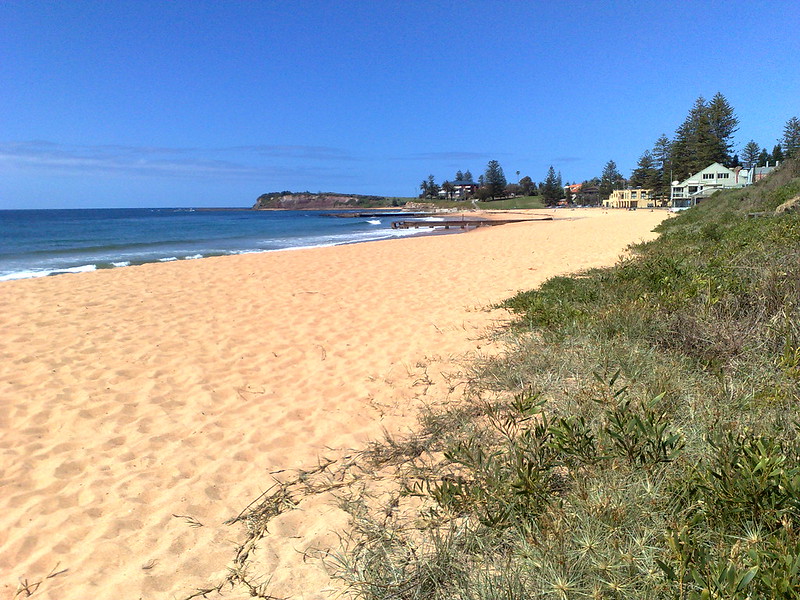Excerpt:
New research shows coastlines across the Pacific Ocean may respond differently to El Niño and La Niña cycles.
Researchers from UNSW Sydney have analyzed millions of satellite photos to observe changes in beaches across the Pacific Ocean. The findings, published in Nature Geoscience today (Feb. 10), reveal for the first time how coastlines respond to different phases of the El-Niño-Southern Oscillation (ENSO) cycle.
ENSO is a natural climate phenomenon that causes variations in sea surface temperatures over the Pacific Ocean. The warming phase, known as El Niño, and the cooling phase, known as La Niña, affect weather patterns across different coastlines depending on the cycle.
During these periods, coastal erosion can also intensify, shifting sand away from beaches and threatening beachfront homes and habitats. But scientists haven’t been able to study this broadly using conventional coastal monitoring techniques, which have been limited to on-ground observations on just a few beaches.
“Scientists have known beaches respond to ENSO cycles for decades, but we’ve only been able to paint a small picture of this from a few sporadic beach monitoring sites,” says Dr. Mitchell Harley, co-author of the study from UNSW’s Water Research Laboratory at the School of Civil & Environmental Engineering. “For this research, we were able to take a completely different angle to complete the bigger picture of how climate cycles impact entire Pacific coasts…”









